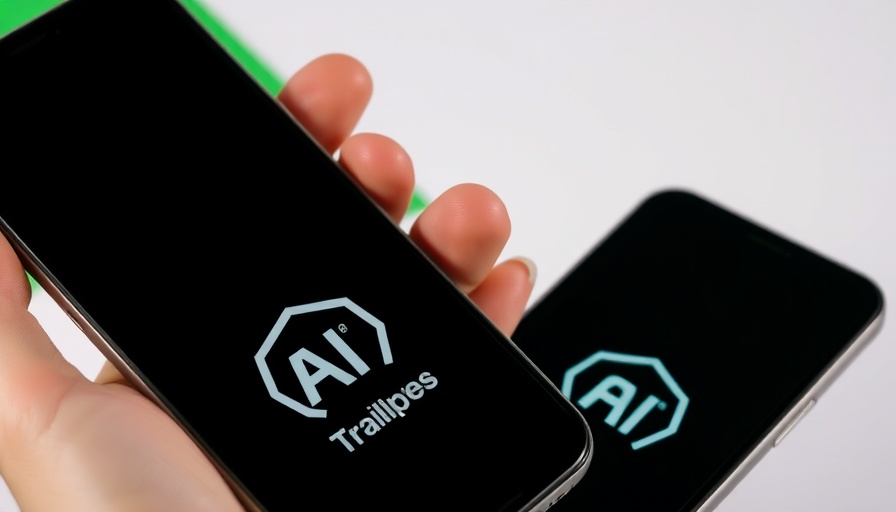
ChatGPT-5 vs. Claude Sonnet 4: The Coding Showdown
For tech professionals and marketing managers—individuals who understand the value of efficient coding tools—Artificial Intelligence (AI) is redefining the landscape of coding. With the introduction of OpenAI's latest offering, ChatGPT-5, alongside Anthropic's Claude Sonnet 4, the competition to aid non-coders in executing essential coding tasks has intensified. An insightful hands-on comparison reveals the distinct strengths and weaknesses of these chatbots, making it vital for CEOs and professionals to understand their capabilities in order to allocate resources effectively.
The Tests: Breaking Down The Results
To evaluate the performance of ChatGPT-5 and Claude Sonnet 4, I conducted a series of seven coding tasks that one might encounter in everyday project work. The tasks ranged from creating interactive animations to building small web components that can enhance user experience. Packaging the results side by side allowed for a clear and comprehensive comparison.
One notable difference right away was the ease with which Claude Sonnet 4 shared its files. Unlike ChatGPT-5, which required third-party platforms for file sharing, Claude streamlined the process into a user-friendly experience.
Speed Matters: A Key Factor
In a world where time is money, the speed of execution cannot be ignored. When both chatbots were prompted simultaneously to execute the same animation tasks, Claude's remarkable speed was evident; it completed tasks over seven minutes faster than ChatGPT-5. While ChatGPT experienced periodic pauses and even restarts, Claude maintained its efficiency, showcasing an impressive capacity to stay the course.
User Experience: Navigating the Complexity
Particularly for younger professionals or those with limited coding experience, user-friendliness is paramount. Claude's approach provided a more straightforward interface, presenting clear artifacts throughout the coding process. This negated the need for constant oversight and tracking of details—a tremendous asset for busy executives. Conversely, ChatGPT-5 often finished tasks before coldly informing the user that the assignment was complete, only to find the code wasn’t functional.
Overall Usability: Which One Leads?
Claude's overall output stood out not just in practicality, but also in presentation. By breaking down each project into manageable components, it allowed for easier tracking and execution. As noted by developers and non-coders alike, Claude's intuitive responses resembled guidance from a seasoned professional. ChatGPT, while still functional, felt like a typical chatbot; its responses lacked the finesse and detail of its counterpart.
The Implications for Business and Marketing
The implications of these findings extend beyond personal preference; they affect productivity at a larger scale. For CEOs and tech-driven professionals, the choice between ChatGPT-5 and Claude Sonnet 4 isn’t just about personal use—it can influence project timelines, team productivity, and overall success in delivering customer-oriented solutions. With AI capabilities improving, understanding which tool to adopt becomes crucial.
What’s Next?: Future Trends In AI Coding Tools
The competition between ChatGPT and Claude could lead to further advancements in AI coding tools. As these technologies evolve, we should anticipate more refined user experiences, faster execution times, and more sophisticated outputs. AI is rapidly pushing the boundaries of what’s possible in marketing and tech, making it essential to stay ahead of these developments.
Take Action: Empower Your Team with the Right Tools
In conclusion, as you harness the power of AI for business, evaluating your needs against the features of these chatbots can provide significant advantages. Adopting tools that enhance workflow and creativity can not only save precious time but also improve job satisfaction across departments. Reach out today to explore how advanced AI tools can revolutionize your expectations and outcomes within your organization.
 Add Row
Add Row  Add
Add 




Write A Comment